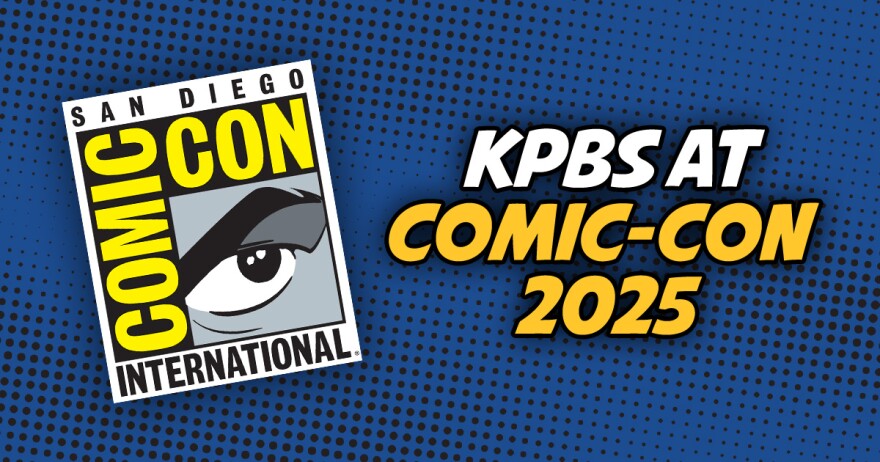Inside Rady Children's Hospital's Helen and Will Webster Foundation 3D Innovations (3DI) Lab, video game technology is the foundation for creating virtual models to help surgeons perform complex procedures, like heart transplants and surgeries involving the brain or spinal cord.
"We wanted to have a tool that would be easy for them to use without having all (this) additional training (with) complex 3D model applications," said Parham Gholami, a Rady research engineer. "So that way, they can easily open up these models, look at them and do everything they need to do to help their patient."
Before working in health care, Gholami was a video game developer. He said any body part or bone can be turned into a 3D model through a CT scan or MRI, like a heart.
He demonstrated the capabilities of the technology using a heart model displayed on a computer screen. He showed how a physician can rotate the heart and hide its ventricles, for example. The virtual experience provides an opportunity to create roadmap before surgeons operate.
Gholami said his work is meaningful because it impacts patients in positive ways. He remembers the first time observing a surgery using the technology.
"They had a reconstruction of a heart open, it was sort of surreal to see that," Gholami said. "Like oh man this thing I created is having a material impact on people — I can see that in a way it’s helping make someone’s life better, and that was incredibly powerful for me."
Rady engineers are showcasing how its doctors are using 3D models and virtual reality to help with complex surgeries during a panel this Saturday at Comic-Con.
"It’s incredible how much medical software — medical technology — has not incorporated all these video game-like features, and that would just help our surgeons," said Justin Ryan, the lab director and a research scientist at Rady's.
Ryan leads the growing team at the Rady's innovation lab. He said the technology is rapidly changing.
"We were able to do 3D prints decades ago — and that would be a plastic model that was rigid, single color — but now we can do materials that have flexibility," he said. "So we can 3D print a heart that is flexible, our surgeons can actually cut into it and do an entire mock-operation on it."
Some of the 3D printers in the lab cost up to $300,000. The imaging process is something Ryan said insurance does not reimburse the hospital for, but he says improving patient outcomes is a top priority.
"It is slowly growing," Ryan said. "People are understanding the impact much beyond insurance reimbursement. If we can improve our patient outcomes — if we can improve our patients lives — that’s worth the monetary value."
The models can even be shown to patients and their families so they better understand what is wrong before surgery and how it will be fixed.
"We have this ideal of medicine of informed consent, but how can you really achieve that if they don't understand this complex medical jargon?" Ryan said. "So one way is to create a visual aide like this."
Ryan said the need for virtual models is growing, and he is excited to share more about his work with a Comic-Con audience.
"In the near future we’re going to be doing more device design development — all internally," Ryan said. "We’ll be doing more 3D modeling, more virtual reality — all utilizing this really kind of nerdy technology that we’ll be showcasing at Comic-Con."
Technology is also being developed to do mock-virtual operations.
"For example take a 3D reconstruction of a bone and figure out what would happen if you were cutting through it in a particular fashion," Gholami said.
Engineers have also used technology, similar to that made for simulation video games, to help build new operating rooms. They can design what it would look like, then have clinicians use 3D googles to literally walk through the virtual operating room.
Rady neurosurgeon Dr. Michael Levy is scheduled to join Gholami and Ryan for Saturday's Comic-Con panel discussion called 3D Printing and XR: Medicine and Forensics Applications.
Gholami and Ryan hope their talk will inspire the next generation of biomedical engineers.








